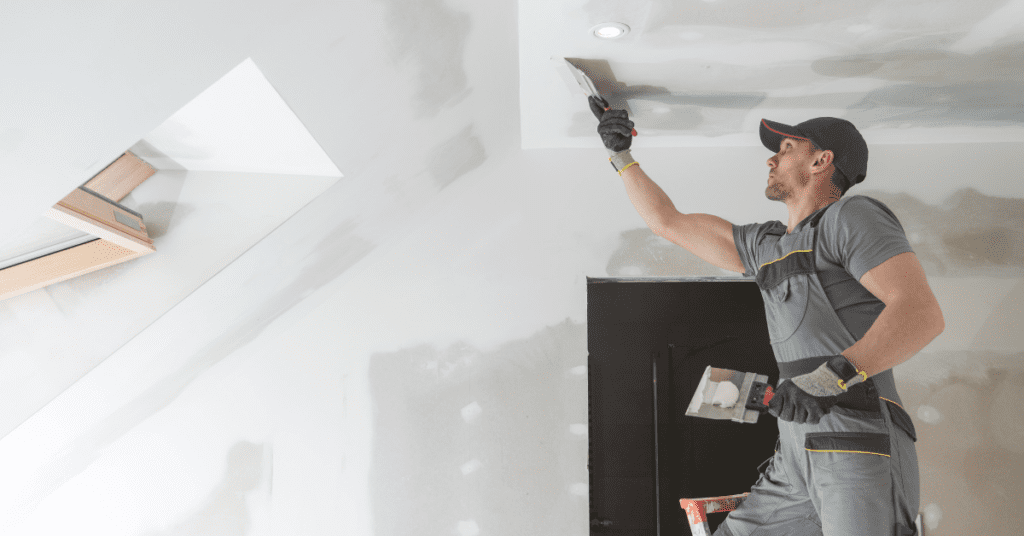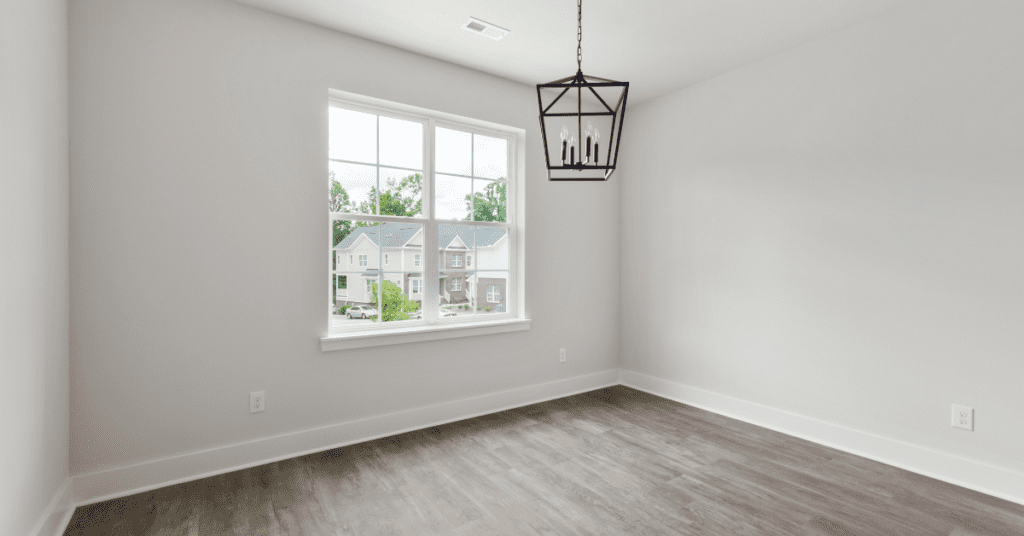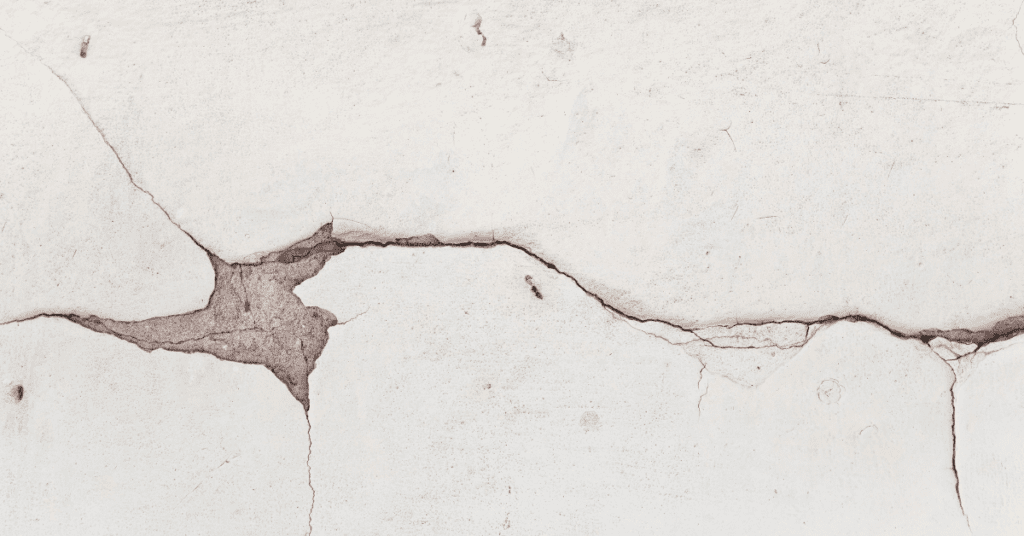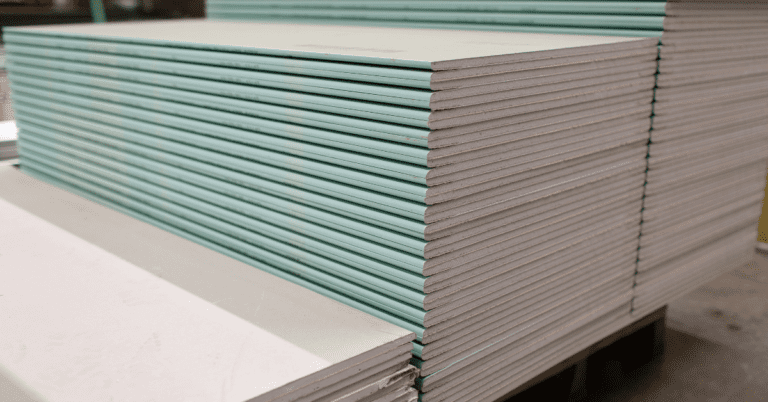Drywall is a crucial component in any home or building construction. It provides the foundation for a smooth and polished finish, serving as a canvas for interior design. As a homeowner, it’s essential to understand the life expectancy of drywall and factors that can influence its durability.
In this article, we will explore the different types of drywall, what constitutes good quality drywall, factors that influence its life expectancy, required maintenance, and steps to take if it begins to deteriorate.
1. What constitutes “good quality” drywall?
Even with advancements in technology, the fundamental materials used in manufacturing drywall remain simple: rock and paper. While various additives are incorporated by different manufacturers, the main components of quality drywall are gypsum, cellulose, and talcum. Gypsum provides the core strength, cellulose acts as a binder, and talcum enhances the smoothness of the panels. A combination of these materials ensures a sturdy and reliable drywall.

2. What factors can influence the life expectancy of drywall?
Several factors can impact the longevity of drywall in your home. One of the most significant culprits is water damage, which can lead to mold growth, warping, and crumbling. To avoid this, make sure to follow proper guidelines when painting your room, such as those discussed in “How Long Should You Wait Before Sleeping in the Room After Painting?”
Pest infestations, such as termites, can slowly eat away at the drywall, compromising its structural stability. Hard usage, including excessive force or impact, can result in dents, holes, and overall damage. Failing to repair damaged drywall in a timely manner can also accelerate its deterioration.
3. Are there different types of drywall and how do their lifespans vary?
There are several variations of drywall, usually distinguished by the color of the paper surrounding the core. While we’re on the topic of variations, it’s also important to note that the different types of drywall may require different types of interior paint. However, it’s important to note that regardless of the type of drywall, water damage, termite damage, or hard usage can significantly reduce its lifespan. Fortunately, unlike other building components, drywall can be replaced in sections as needed. This means that it’s unlikely you’ll ever have to completely redo the drywall in your home.

4. What is the average lifespan of drywall?
Under normal conditions, gypsum panels and gypsum plaster have an expected service life of well over 50 years. This compares favorably to other materials, like stucco, which you can learn about in our article on the lifespan of stucco. This is due to the inherent fire-resistance characteristics of gypsum, which help protect buildings and building systems from damage in case of a fire or heat-related incident. This longevity makes drywall a durable and reliable choice for homeowners.
5. What maintenance is required to help maximize the lifespan of drywall?
To maximize the lifespan of your drywall, regular maintenance is crucial. Dusting your walls regularly will help keep them in good condition, much like the need for sanding between coats of interior paint, which we discuss in another article.
Dusting is especially important if your walls are not painted, wallpapered, or otherwise protected. By removing dust and debris, you prevent them from accumulating and potentially causing damage to the drywall. Additionally, if you notice any signs of water damage or pests, it’s important to address them promptly to prevent further deterioration.

6. What steps should be taken if drywall begins to deteriorate?
If you notice signs of deterioration in your drywall, such as water stains, mold, or crumbling, it’s important to take immediate action. In many cases, it is more cost-effective to discard the damaged drywall, remove any insulation behind it, dry everything out thoroughly, replace the affected areas, and re-hang new drywall. This ensures that the structural integrity and aesthetics of your walls are restored, maintaining the overall quality of your home.
In conclusion, the life expectancy of drywall is influenced by various factors such as water damage, temperature, pest infestations, and hard usage. By understanding these factors and implementing regular maintenance, homeowners can extend the lifespan of their drywall. Remember to promptly address any signs of deterioration and consult professionals if needed to ensure the longevity and integrity of your walls. But how do you know if you’ve hired the right professional for the job? Check out our article on “How Do I Know if My Painter Did a Good Job?” to learn more. With proper care, your drywall can serve you well for many years to come.
If you’re located in the Greater Vancouver area, our team of expert painters is ready to assist you. We provide top-quality services in a range of cities, whether you are looking for Maple Ridge painters, Langley painters, Richmond painters, New Westminster painters, West Vancouver painters, North Vancouver painters, Port Coquitlam painters, Coquitlam painters, Port Moody painters, Surrey painters, Burnaby painters, or Vancouver painters, our team can help you. Don’t hesitate to contact us for a free consultation and let us bring new life to your drywall today!

